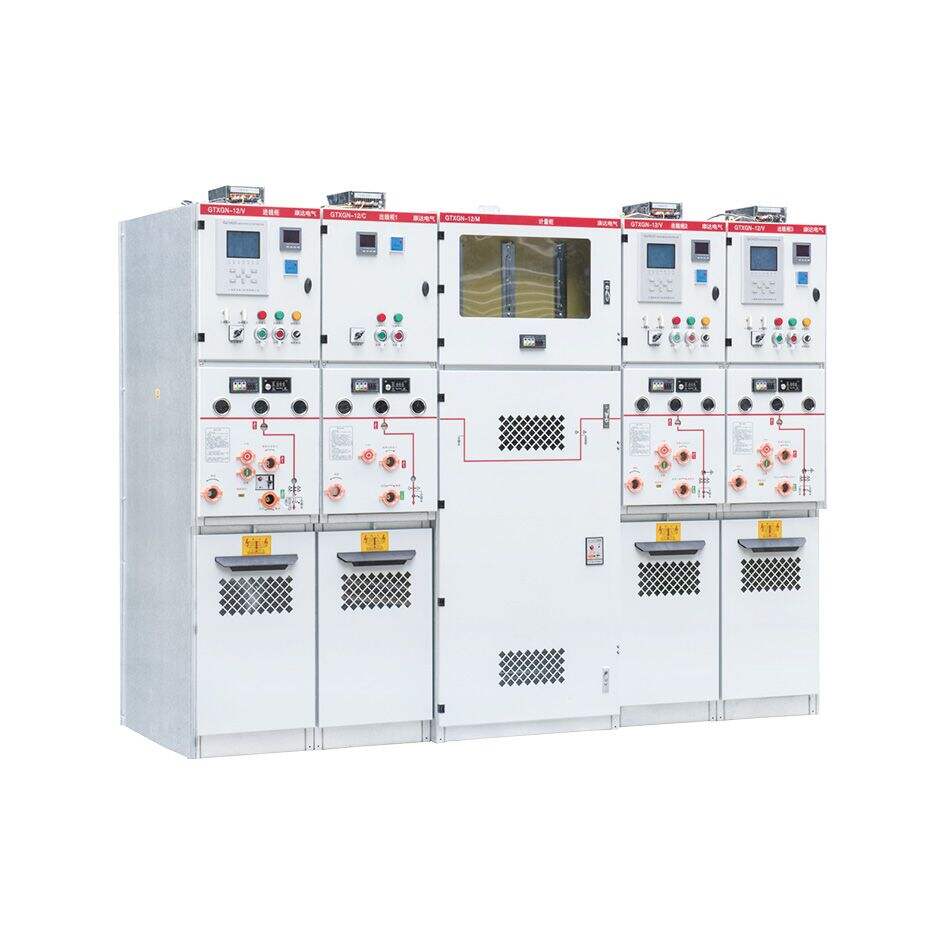Managing Transformer Acoustics in Modern Commercial Facilities
Commercial buildings rely heavily on electrical infrastructure, with dry type transformers being a crucial component in power distribution systems. These transformers, while essential, can generate noise that impacts the workplace environment. Understanding and implementing effective noise reduction techniques has become increasingly important as businesses strive to create quieter, more productive spaces.
The operational characteristics of a dry type transformer contribute significantly to the overall acoustic environment of a building. As power demands fluctuate throughout the day, these transformers work continuously to maintain stable voltage levels, producing varying degrees of noise in the process. Modern facility managers and engineers must balance the need for reliable power distribution with the imperative of maintaining a comfortable working environment.
Understanding Transformer Noise Sources
Core Vibration Mechanisms
The primary source of noise in a dry type transformer stems from magnetostriction, a phenomenon where the transformer's core material changes shape under magnetic influence. This occurs at twice the power frequency, typically resulting in a distinctive humming sound at 120 Hz in 60 Hz systems. The steel laminations that form the core structure can vibrate against each other, contributing to the overall noise profile.
Core vibration intensity varies with the transformer's loading conditions and design characteristics. Higher flux densities generally lead to increased magnetostriction and, consequently, more noise. Understanding these fundamental mechanisms is crucial for implementing effective noise reduction strategies.
Winding-Related Noise Generation
The electromagnetic forces acting on transformer windings create another significant source of noise. These forces cause the windings to vibrate, particularly during high-current operations or sudden load changes. The interaction between current-carrying conductors generates mechanical stress that can manifest as audible noise if not properly managed.
Winding noise becomes more pronounced in larger dry type transformer units or those operating under heavy loads. The geometric arrangement of windings and their mechanical support structure plays a crucial role in determining the intensity and characteristics of the generated noise.
Structural Design Solutions
Enhanced Core Construction
Modern dry type transformer designs incorporate advanced core construction techniques to minimize noise generation at the source. High-grade silicon steel with optimized grain orientation helps reduce magnetostriction effects. The careful selection of lamination thickness and core stacking methods can significantly impact noise levels.
Manufacturers now employ precision cutting and assembly techniques to ensure tight core lamination stacking. This reduces the potential for movement between layers and minimizes air gaps that could contribute to noise generation. Additionally, advanced core clamping systems help maintain structural integrity under varying operational conditions.
Winding Optimization
The mechanical design of transformer windings has evolved to incorporate noise reduction features. Continuous transposition of conductors and optimal spacing between winding layers help distribute electromagnetic forces more evenly. This reduces localized stress concentrations that could lead to vibration and noise.
Advanced insulation materials and winding support structures provide better mechanical dampening while maintaining necessary electrical characteristics. The use of epoxy encapsulation in modern dry type transformer designs not only improves heat dissipation but also helps suppress winding vibrations.
Environmental Control Measures
Enclosure Design and Materials
Specialized enclosures play a vital role in containing and reducing transformer noise transmission to surrounding areas. Modern enclosure designs incorporate acoustic absorption materials and structural features that help attenuate sound waves. The selection of appropriate materials and construction methods can achieve significant noise reduction without compromising ventilation requirements.
Advanced enclosure systems often feature multiple layers of sound-absorbing materials, strategically placed to target specific frequency ranges. The integration of acoustic baffles and resonators can further enhance noise reduction performance while maintaining proper airflow for cooling.
Installation Considerations
Proper installation techniques significantly impact the effectiveness of noise control measures. The use of vibration isolation mounts and flexible connections helps prevent the transmission of mechanical vibrations to building structures. Careful attention to mounting surface preparation and the selection of appropriate isolation materials ensures optimal performance.
Strategic placement of dry type transformers within the building layout can minimize the impact of noise on occupied spaces. The use of dedicated transformer rooms with appropriate acoustic treatment provides an additional layer of noise control while facilitating maintenance access.
Maintenance and Monitoring
Regular Assessment Protocols
Implementing systematic noise monitoring programs helps identify changes in transformer acoustic performance that may indicate developing issues. Regular measurements of sound pressure levels and vibration characteristics provide valuable data for maintaining optimal operation. The establishment of baseline noise profiles enables early detection of potential problems.
Modern monitoring systems can incorporate continuous acoustic sensors with data logging capabilities, allowing facility managers to track trends and schedule preventive maintenance effectively. This proactive approach helps maintain noise levels within acceptable limits while ensuring reliable transformer operation.
Preventive Maintenance Strategies
Regular inspection and maintenance of noise control components ensure their continued effectiveness. This includes checking the condition of acoustic materials, verifying the integrity of enclosure seals, and assessing the performance of vibration isolation systems. Timely replacement of degraded components prevents the gradual increase in noise levels.
Maintenance protocols should also address factors that can indirectly affect noise generation, such as cooling system performance and core clamping pressure. Proper documentation of maintenance activities and noise measurements supports long-term performance optimization.
Frequently Asked Questions
What causes noise in dry type transformers?
Noise in dry type transformers primarily originates from magnetostriction in the core material and electromagnetic forces in the windings. These phenomena cause mechanical vibrations that manifest as audible noise, typically characterized by a humming sound at twice the power frequency.
How effective are acoustic enclosures in reducing transformer noise?
Properly designed acoustic enclosures can reduce transformer noise levels by 15-30 decibels or more, depending on the enclosure construction and materials used. The effectiveness depends on factors such as enclosure design, material selection, and installation quality.
What role does maintenance play in noise control?
Regular maintenance is crucial for maintaining optimal noise performance in dry type transformers. This includes monitoring acoustic levels, inspecting noise control components, verifying proper core clamping, and ensuring cooling systems function correctly. Proper maintenance prevents gradual increases in noise levels and identifies potential issues before they become significant problems.

